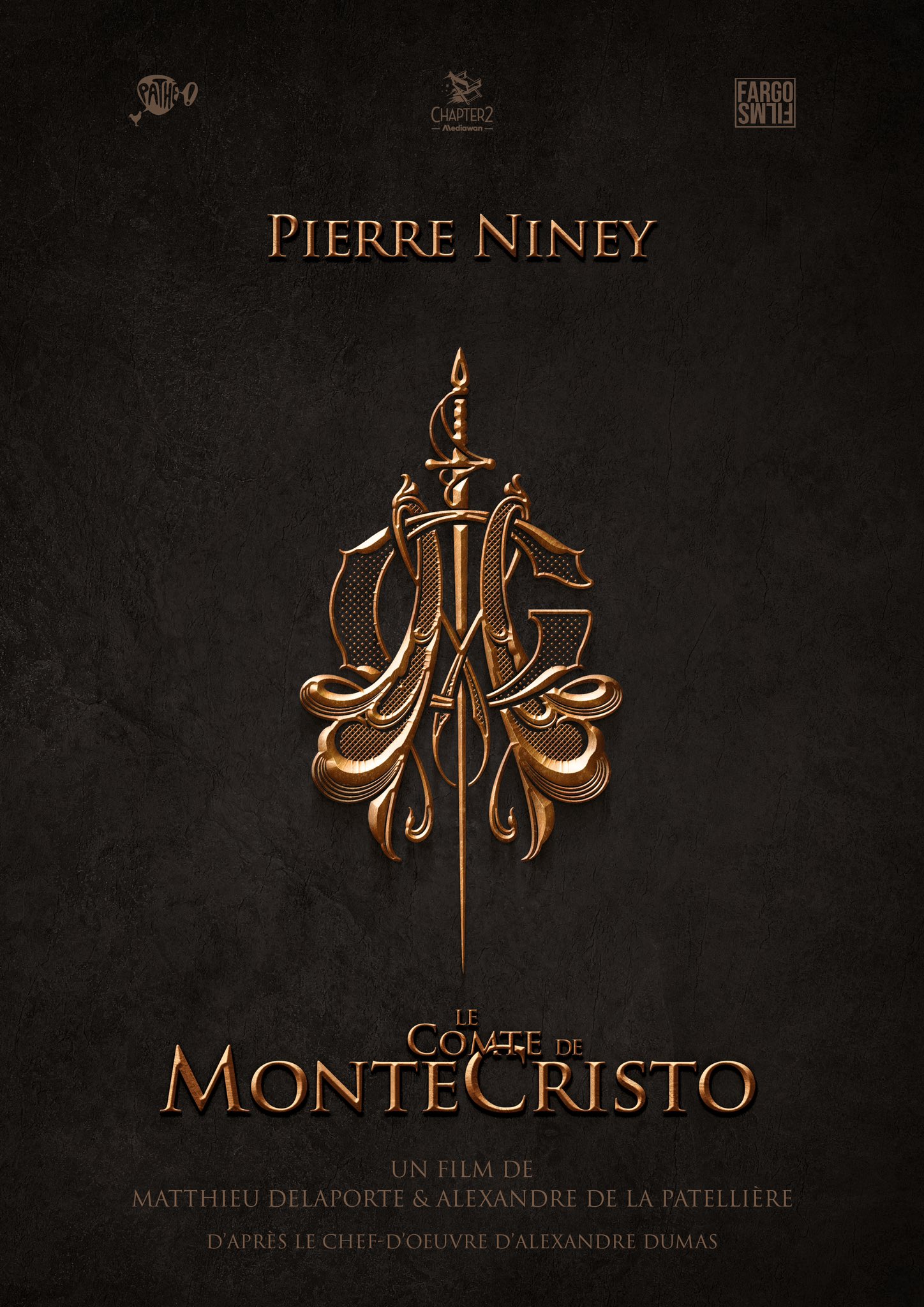Have you ever watched a film that left you breathless, haunted by its raw emotion and unflinching depiction of suffering? The Passion of the Christ, released in 2004, is precisely that kind of film. It’s a visceral experience, a cinematic prayer that plunges viewers into the heart of Jesus Christ’s final hours, chronicling his agonizing journey from betrayal to crucifixion. But the film is not just a historical spectacle; it’s a profound meditation on human pain, forgiveness, and the enduring power of love.

Image: www.espinof.com
Beyond the graphic imagery, The Passion of the Christ compels us to confront the depths of human cruelty and the boundless capacity for sacrifice. It is a stark reminder of the cost of redemption, a cost that resonates deeply within each of us, regardless of our religious beliefs. In this article, we’ll embark on a journey through the film, exploring its artistic merits, controversial aspects, and enduring legacy. We’ll delve into the historical context, the artistic choices, and the spiritual impact of this remarkable film, ultimately examining its power to inspire both reflection and transformation.
A Story Steeped in History
The Passion of the Christ is a faithful adaptation of the Gospel accounts of the last twelve hours of Jesus’ life. Directed by Mel Gibson, the film draws heavily from the Gospels of Matthew, Mark, Luke, and John, meticulously depicting the events leading up to the crucifixion. However, it also incorporates elements from the Passion narrative found in the Book of Isaiah and the writings of the early Church Fathers, creating a tapestry of faith and suffering that resonates across centuries.
The film opens with Jesus praying in the Garden of Gethsemane, a moment of profound solitude and introspection as he grapples with the weight of his impending fate. The intimacy of this scene contrasts starkly with the chaotic events that follow: the betrayal by Judas, the arrest by Roman soldiers, and the tumultuous trial before Pontius Pilate. Each scene is infused with a palpable sense of urgency and raw emotion, drawing viewers into the whirlwind of events surrounding Jesus’ arrest and condemnation.
The Power of Visual Storytelling
The Passion of the Christ is a film built around powerful imagery. Gibson’s masterful use of cinematography, light, and sound creates a world that is both breathtaking and harrowing. The film is filmed primarily in Aramaic and Latin, immersing audiences in the cultural and linguistic landscape of ancient Judea. The use of these languages adds an element of authenticity, further engaging viewers in the story’s historical context.
While the film’s visuals are undeniably breathtaking, they also serve a deeper purpose. The graphic portrayal of the scourging and crucifixion, while certainly disturbing, is intended to evoke a visceral understanding of the physical and emotional pain that Jesus endured. It is an attempt to make the suffering of Christ real and tangible, a testament to the depth of God’s love for humanity.
The Controversy and the Legacy
The Passion of the Christ was an instant global phenomenon upon its release, generating immense acclaim and controversy in equal measure. The film’s graphic violence, particularly the depiction of the scourging, sparked debate and accusations of anti-Semitism.
However, the film’s artistic merit and spiritual message have also earned it widespread praise. It has been credited with sparking a renewed interest in the Passion narratives and has become a source of spiritual inspiration for many.
The controversy surrounding the film highlights the complexities of artistic expression and the ongoing discussion about the portrayal of religious themes in popular culture. It also underscores the power of film to spark dialogue and provoke introspection.

Image: hettiqstormie.pages.dev
A Call to Reflection and Transformation
The Passion of the Christ isn’t just a film about suffering; it’s a film about redemption. We see Jesus, despite the unimaginable agony he endures, offer forgiveness to his tormentors and pray for those who have brought him harm. This message of love and forgiveness resonates deeply, prompting viewers to contemplate their own capacity for compassion and redemption.
The film challenges us to confront the darker aspects of our own humanity and to grapple with the enduring power of forgiveness. It serves as a powerful reminder that even in the face of immense suffering, hope and love can prevail.
Confronting Human Nature
Beyond its religious themes, The Passion of the Christ also offers a profound reflection on human nature. We witness the capacity for both great love and unspeakable cruelty, the fragility of human virtue, and the enduring power of hope. The film’s exploration of these themes resonates deeply, prompting viewers to confront the complexities of their own hearts and the choices they make in the face of adversity.
Beyond the Screen: A Continuing Dialogue
The Passion of the Christ is more than just a film; it is a catalyst for dialogue and reflection. The film’s powerful imagery and emotional impact have sparked countless conversations about faith, suffering, and the enduring power of love. It has inspired numerous theological studies, scholarly discussions, and personal reflections on the meaning of sacrifice and redemption.
La Pasión De Cristo Full Movie
The Enduring Impact
The Passion of the Christ has left an enduring mark on popular culture. It has inspired countless artistic works, musical compositions, and devotional materials. Its visuals, themes, and emotional impact have become a part of the contemporary cultural landscape, prompting a renewed interest in the Passion story and its enduring message.
More than a decade after its release, The Passion of the Christ continues to be a powerful cinematic experience, a film that lingers in the mind and stirs the soul. It is a work of art that challenges and inspires, provoking a profound exploration of human nature and the enduring power of forgiveness and redemption. Whether you view the film through a religious lens or simply appreciate its artistic merit, The Passion of the Christ is a film that will stay with you, leaving an imprint on your heart and your soul.





